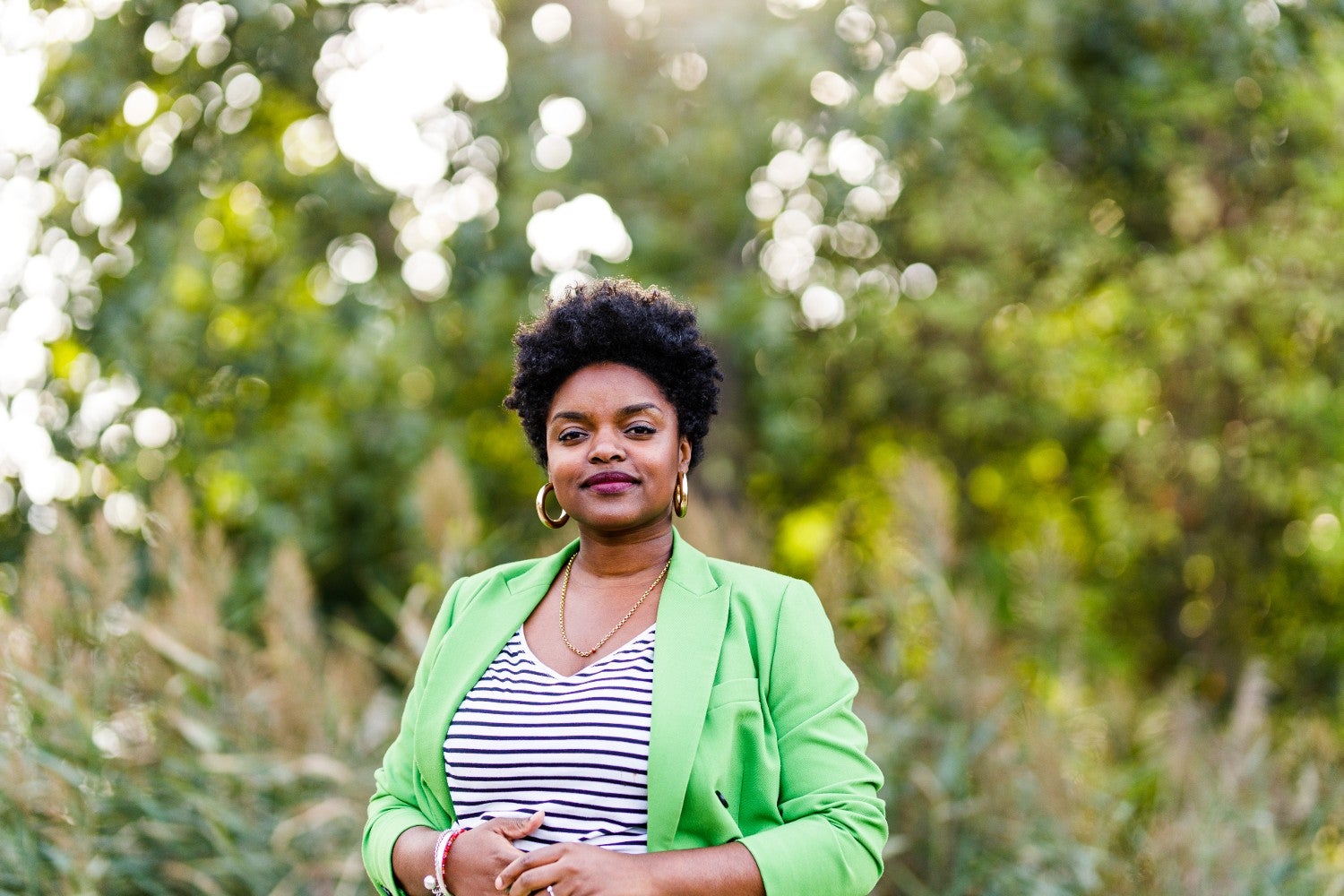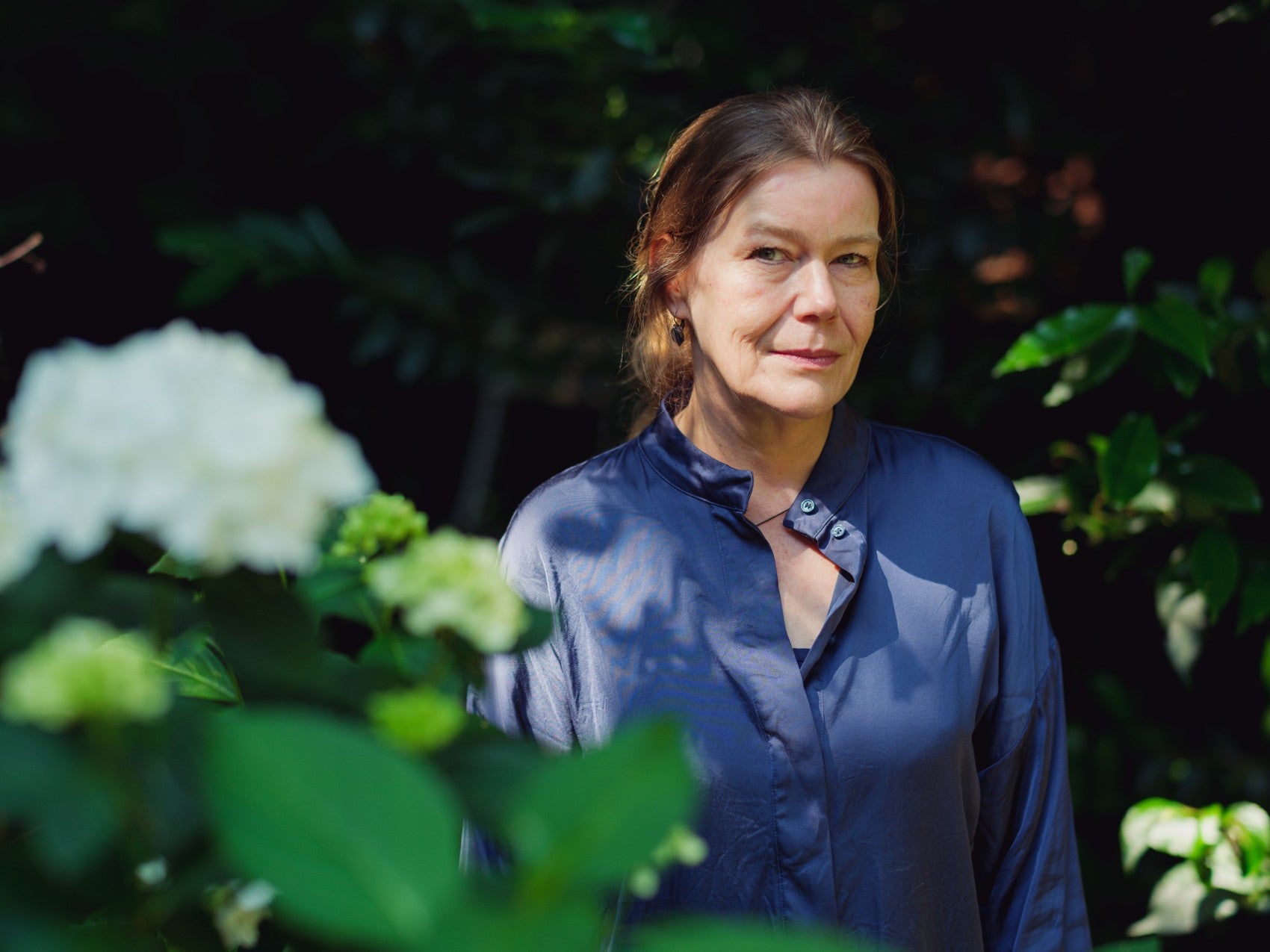The history of sport at VU Amsterdam is a history that goes back much further than many realise, according to university historian, Ab Flipse. „Vrije Universiteit founder Abraham Kuyper was apparently a practitioner of nude gymnastics and his ‘sports theology’ insights were the building blocks for the university’s own sports tradition."
The book Een bijzondere beweging: 125 jaar studentensport aan de Vrije Universiteit Amsterdam (A special movement: 125 years of student sports at Vrije Universiteit) will be presented at a congress at VU Sports Centre on 11 November. The book, written by sport historian Jurryt van de Vooren, explains the history of sport at Vrije Universiteit, which goes back much further than many realise. In this contribution, university historian Ab Flipse explains how the book came about and the wider importance of university history.
By: Al Flipse, university historian
„The initiative for this historiography of sport came from Arie Koops, the Director of VU Sports Centre. Immediately after his appointment in November 2020, he approached me and asked about the Sports Centre’s actual ‘date of birth’. His question was prompted by the motto: ‘you only know where you are going when you know where you came from’. I didn’t have the date to hand. And there seemed to be no clear answer either.
A question with consequences
An initial search in available sources produced two important dates. First was the opening of the first ‘sports hall’ at Uilenstede on 12 October 1966, the same day many other Vrije Universiteit buildings opened. Both the Vrije Universiteit press, VU-blad and Ad Valvas, as well as the national press gave this a lot of attention. The Trouw newspaper, for instance, wrote of ‘a magnificent sports hall’. The original sports hall is now part of the Sports Centre, which has been extended several times since then. 12 October 1966 therefore seemed the best date to be designated as the VU Sports Centre’s ‘date of birth’. This 55th anniversary was celebrated in 2021-22 and the congress marked the end of this anniversary year.
However, the opening of the Sports Centre in 1966 did not come out of the blue. An important event took place some two decades earlier. The Vrije Universiteit General Sports Association (ASVU) was actually founded on 15 November 1945. This initiative was a match for a wider post-war aim to give art and culture a more prominent position at the university based on the concept of ‘a balanced development of body and mind’. The Committee for Sport and Cultural Life at Vrije Universiteit, abbreviated as COSCOVU, was first established for this, and later led to the emergence of other associations including ASVU.
A broader development
Sports became increasingly popular in subsequent years. In the early 1950s, some 270 athletes were ASVU members and could choose from indoor training, gymnastics, volleyball, basketball, hockey, football, rowing, table tennis, swimming, judo, boxing, fencing and tennis. This required numerous different types of accommodation, which were found at schools and businesses across the city. It’s not surprising that, from the moment Vrije Universiteit started developing plans for a new university complex in the 1950s, these plans always explicitly mentioned its own sports centre.
The foundation of ASVU (1945) and the opening of the Sports Centre (1966) therefore mark two important moments in Vrije Universiteit’s sporting history. However, it was also clear that these were not isolated events but rather expressions of a wider development. We concluded that sport at Vrije Universiteit deserved its own histography and decided to seek a historian who wanted to study this.
A special movement
Sports historian, Jurryt van de Vooren, started his research some time later. He delved into a large number of archives within and outside Vrije Universiteit and spoke to numerous stakeholders. This resulted in his book Een bijzondere beweging: 125 jaar studentensport aan de Vrije Universiteit Amsterdam (A special movement: 125 years of student sports at Vrije Universiteit). The story paints a picture of an extraordinary sports movement, going back to Vrije Universiteit’s roots, which has been influential both within the university and beyond. The research also found that the ‘sports theology’ insights of Vrije Universiteit founder Abraham Kuyper, himself an avid mountaineer and practitioner of nude gymnastics, were the building blocks for the university’s own sports tradition.
The Christian sports movement slowly took shape from the 1930s, leading to the formation of ASVU in 1945. The first chairman was student Arie Klapwijk and the first ‘sports leader’ was Carl Gordijn. As a doctor in rehabilitation medicine, Klapwijk would later dedicate himself particularly to disability sports. For Gordijn this was the start of a long career in movement science. Shortly afterwards he became Rector of the Christelijke Academie voor Lichamelijke Opvoeding (Christian Academy for Physical Education) in Rotterdam. He received his doctorate from pedagogue J. Waterink at Vrije Universiteit in 1958 with the thesis Bewegingsonderwijs in het onderwijs- en opvoedingstotaal (Movement education in education and upbringing), and became Vrije Universiteit’s first professor of movement science in 1963.
The book is full of unknown and poignant stories about visionary individuals, wartime sports, the changing role of government and university governance, and more. It culminates in a discussion of events during the coronavirus pandemic, when the importance of sports for student welfare was reaffirmed. The end of the book looks to the future with Executive Board member Marcel Nollen and Director Arie Koops. Both stress that a key goal is to get more students exercising based on the healthy mind in a healthy body philosophy.
Multi-faceted university history
Student sports is one of the topics that until recently received little focus within the university’s history. Traditional anniversary books generally focus on research and teaching highlights and, in the case of Vrije Universiteit, the discussion of its own Christian ideal of science. Modern university history focuses more on wider academic life.
Knowledge of the university’s history helps us better understand the present and make choices for the future, which is why, in recent years, I have conducted and initiated a lot of research on topics that are currently attracting a lot of attention. This includes research into spatial development and architecture (construction and development of the campus), changing university governance (from democracy to New Public Management), material culture (heritage), memorial culture (war monument) and diversity (embracing diversity). And now also on the history of sport. In all these areas, I enjoy working with specialists from within and outside Vrije Universiteit, and of course with eyewitnesses and protagonists. This keeps the past alive so it can still inspire and confront today. Also see: www.geheugenvandeVU.nl."
The book Een bijzondere beweging. 125 jaar studentensport aan de Vrije Universiteit Amsterdam is available for purchase from the VU bookshop for € 17.50.








